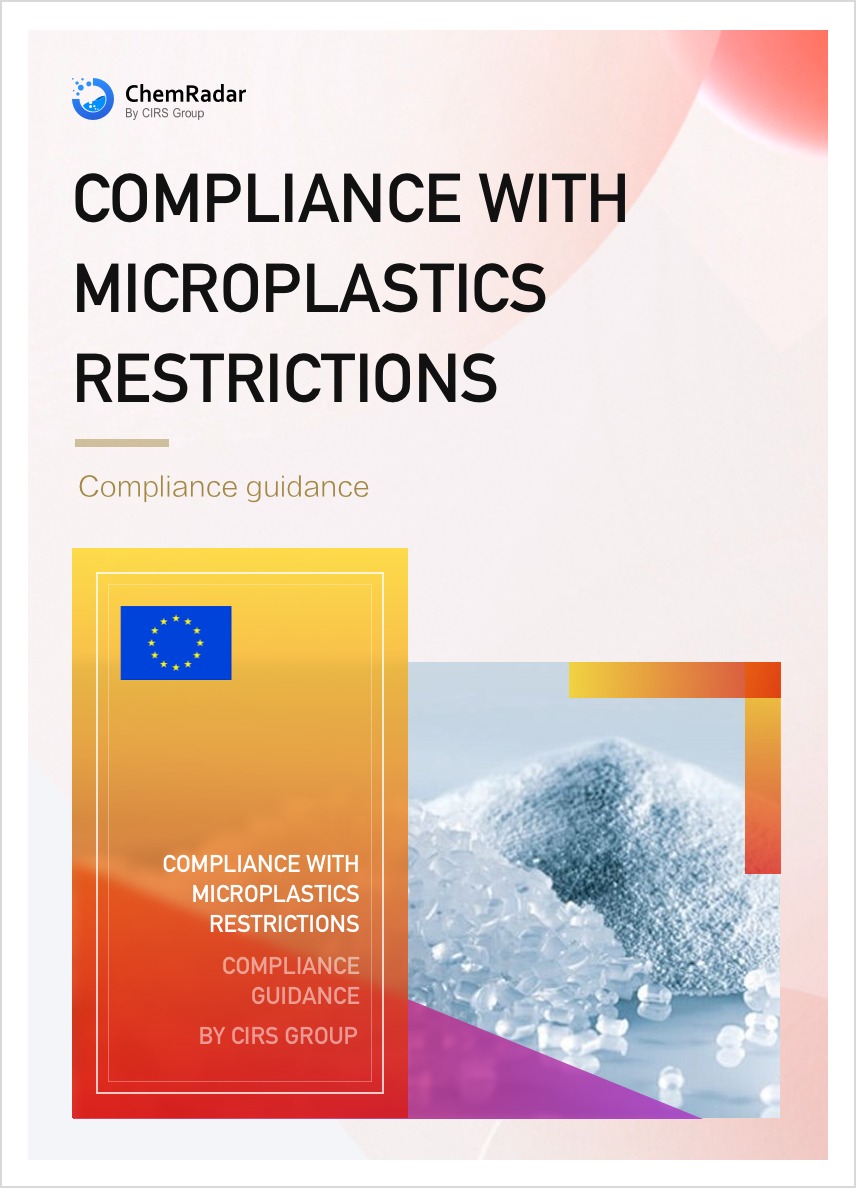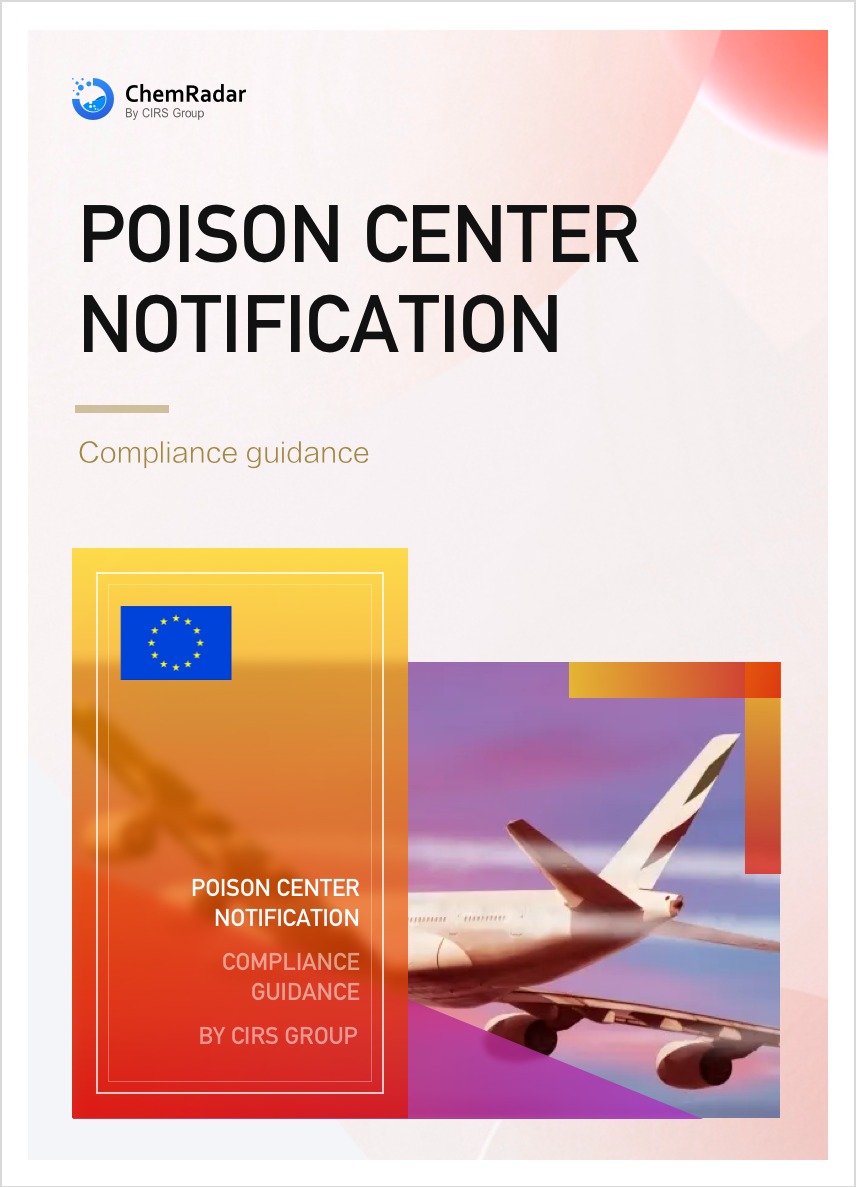On August 1, 2025, the European Court of Justice (ECJ) issued a final ruling, dismissing appeals filed by France and the European Commission. This decision upheld the 2022 ruling by the EU General Court to officially revoke the classification of "specific powdered titanium dioxide (TiO₂)" as a carcinogenic substance. The outcome marks a temporary conclusion to the years-long debate over TiO₂'s alleged carcinogenicity.
Chronology of the Controversy
Titanium dioxide, widely used in coatings, pharmaceuticals, and food products for its exceptional opacity and whiteness, became the subject of regulatory scrutiny in 2016. That year, France’s Agency for Food, Environmental and Occupational Health & Safety (ANSES) submitted a proposal to the European Chemicals Agency (ECHA) to classify powdered TiO₂ as an "inhalation carcinogen." In 2017, ECHA’s Risk Assessment Committee (RAC) endorsed this classification, supporting its categorization as a "Category 2 suspected carcinogen."
In October 2019, the European Commission adopted Delegated Regulation (EU) 2020/217, formally listing "powdered titanium dioxide (containing ≥1% particles ≤10 micrometers)" as a Category 2 carcinogen and mandating the addition of the H351: Suspected of causing cancer when inhaled warning label. The classification and labeling criteria at the time were as follows:


Shortly after the regulation took effect, multiple TiO₂ manufacturers, importers, and downstream users filed lawsuits with the EU General Court. In November 2022, the General Court ruled that the European Commission had committed "manifest errors" in adopting key scientific studies and failed to sufficiently demonstrate TiO₂’s inherent carcinogenic properties. The court thus annulled the classification. France and the European Commission subsequently appealed to the ECJ.
Key Ruling
The ECJ’s August 1 judgment emphasized that the animal study data provided by the European Commission (showing lung tumors in rats exposed to TiO₂) could not be directly extrapolated to human carcinogenicity. The court concluded that TiO₂’s alleged carcinogenicity stemmed primarily from particle overload phenomenon (a non-specific mechanism caused by excessive particle accumulation in lungs) rather than intrinsic carcinogenic properties. It ruled that the original classification lacked robust scientific justification.
While the ECJ noted that the General Court had "exceeded the scope of judicial review," it affirmed that annulling the classification and labeling was ultimately justified. The General Court, it stated, was fully entitled to determine that the RAC had not adequately considered all critical factors in evaluating relevant scientific research.
Next Steps
The Commission may reassess the hazards of TiO₂, provided it follows rigorous scientific-evaluation procedures. The CJEU stressed that any new classification must rest on “sufficient, reliable and comprehensive scientific data”. At present, no timetable exists at EU level for an immediate re-evaluation.
For companies exporting TiO₂-containing products to the EU, the ruling removes the obligation to affix the H351 warning label (“May cause cancer by inhalation”)—a significant boost for the industry.
Further Information




